Environmental Engineering Reference
In-Depth Information
Stabilization of the bed and banks
—Stabilization of the bed and banks is often required for eco-
system restoration. Plants may be established on upper bank and floodplain areas using traditional
techniques for seeding or by planting bare-root and container-grown plants. However, these approaches
provide little initial resistance to flows, and plantings may be destroyed if subjected to high water before
they are fully established. Cuttings, pole plantings, and live stakes taken from species that sprout readily
(e.g., willows) are more resistant to erosion and can be used lower on the bank (Fig. 10. 52). In addition,
cuttings and pole plantings can provide immediate moderation of flow velocities if planted at high
densities. Often, they can be placed deep enough to maintain contact with adequate soil moisture levels,
thereby eliminating the need for irrigation. The reliable sprouting properties, rapid growth, and general
availability of cuttings of willows and other pioneer species makes them particularly appropriate for use
in bank revegetation projects, and they are used in most of the integrated bank protection approaches.
Dead stout s
t
ake
Brush mattress
Live and dead stout stake
sp
acing 0.6 m on cent
er
1
6 gauge
w
ire
Branch
cutt
ings
Wire secured
to stakes
Live stake
Baseflow
Str
eambed
Live fascine
bundle
Dead stout stake driven on 0.6 m centers
each way, minimum length 0.75 m
Geotextile fabric
Fig. 10.52
The reliable sprouting properties, rapid growth, and general availability of cuttings of willows and other
pioneer species re-vegetate the banks quickly (after FISRWG, 1997)
Geotextile systems
—Geotextiles have been used for erosion control on road embankments and other
upland settings, or with plants placed through slits in the fabric. In self-sustaining stream bank applications,
only natural, biodegradable materials should be used, such as jute or coconut fiber (Johnson, 1994). The
typical stream-bank use for these materials is in the construction of vegetated geo-grids, which are similar
to brush layers except that the fill soils between the layers of cuttings are encased in fabric, allowing the
bank to be constructed of successive “lifts” of soil, alternating with brush layers. This approach allows
reconstruction of a bank and provides considerable erosion resistance. Natural fibers are also used in
“Fiber-Schines,” which are sold specifically for stream-bank applications. These are cylindrical fiber
bundles that can be staked to a bank with cuttings or rooted plants inserted through or into the material.
Vegetated plastic geo-grids and other non-degradable materials can be used where geo-technical problems
require drainage or additional strength.
Tree Revetments
—Tree revetments are made from whole tree trunks laid parallel to the bank, and
cabled to piles or deadman anchors. Eastern red cedar (Juniperus Virginian) and other coniferous trees
are used on small streams, where their springy branches provide interference to flow and trap sediment.
The principal objective to these systems is the use of large amounts of cable and the potential for trees
to be dislodged and cause downstream damage. Some projects have successfully used large trees in





































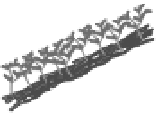


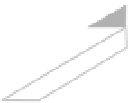

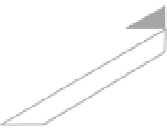

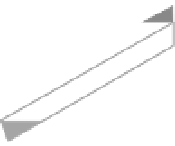

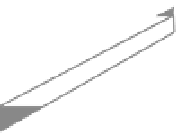



























































































































































































































































































































































































































































































































































































































































































































































































































































































































































































































































Search WWH ::

Custom Search